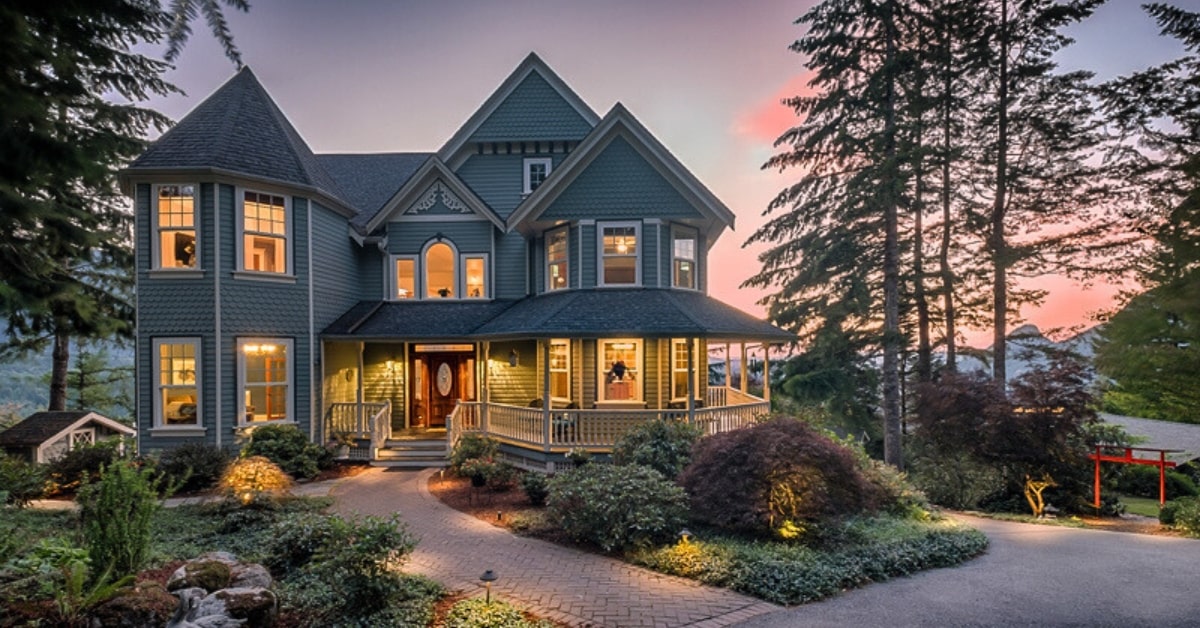Real estate photography is a dynamic and rewarding field that combines artistic skill with a keen eye for detail. If you’re considering stepping into this niche, here’s a step-by-step guide on how to get into real estate photography. This guide covers essential steps to enter the world of real estate photography, along with FAQs to address common queries.
1. Develop Your Photography Skills
Master Your Camera: Familiarize yourself with the features and settings of your camera. Learn about exposure, aperture, shutter speed, and ISO to capture well-lit and sharp images.
Practice Composition: Experiment with composition techniques such as framing, leading lines, and the rule of thirds. These skills are crucial for creating visually appealing shots.
Understand Lighting: Grasp the nuances of natural and artificial lighting. Learn to optimize lighting conditions to highlight a property’s best features.
2. Invest in Quality Equipment
Camera and Lenses: Invest in a DSLR or mirrorless camera with a full-frame sensor for high-quality images. Wide-angle lenses are essential for capturing interior spaces effectively.
Tripod: Ensure stability with a sturdy tripod. This is particularly important for capturing sharp images in low-light conditions.
Editing Software: Acquire proficiency in photo editing software such as Adobe Lightroom or Photoshop to enhance and refine your images.
3. Educate Yourself on Real Estate Photography Techniques
HDR Photography: Learn to capture and process HDR images to ensure a balanced representation of light and shadow.
Virtual Staging: Familiarize yourself with virtual staging techniques, which involve digitally adding furniture and decor to vacant spaces.
Perspective Correction: Understand how to correct distortions and perspectives, especially in interiors, for a polished and professional look.
4. Build a Portfolio
Start Small: Offer your services to friends, family, or local real estate agents to build a portfolio. This not only enhances your skills but provides tangible examples of your work.
Diverse Shots: Include a variety of shots in your portfolio, showcasing exteriors, interiors, and different property types.
5. Network with Real Estate Professionals
Connect Locally: Attend real estate events, join local real estate associations, and network with agents. Building relationships can lead to valuable opportunities.
Online Presence: Create a professional website or portfolio showcasing your work. Utilize social media platforms to share your expertise and connect with potential clients.
FAQs
Do I need a real estate background to become a real estate photographer?
No, a background in real estate is not necessary. However, understanding the industry can help you tailor your photography to meet the specific needs of real estate professionals.
How much should I charge for real estate photography services?
Pricing varies based on factors like location, experience, and services offered. Research local market rates and consider your skill level when determining your pricing.
Is virtual staging ethical in real estate photography?
Virtual staging can enhance a property’s visual appeal, but it’s essential to disclose that the images are digitally staged to maintain transparency.
What’s the best way to market my real estate photography services?
Utilize online platforms, create a professional website, and network with real estate professionals. Consider offering promotions or discounts for initial clients to build your portfolio.
Conclusion
Getting into real estate photography is an exciting journey that involves honing your photography skills, investing in quality equipment, building a strong portfolio, and establishing connections within the real estate industry. With dedication and continuous learning, you can carve a niche for yourself in this visually-driven field.
This page was last edited on 5 March 2024, at 12:32 pm
